Content:
All summer residents plant raspberries, but if the necessary measures are not taken immediately when planting the bushes, very soon the berry will seize the adjacent territories of the garden. And then an urgent question arises: what should be done so that raspberries do not creep over the site. Experienced gardeners in this case take several measures to protect the cottage from "unauthorized seizure".
System features
The depth of the raspberry roots is not as significant as it would seem: only 10-15 cm.The whole problem is that there is more than one underground stem in the system, and the length of each of them in an adult bush is at least 1.5 meters (for remontant raspberries in 2 times longer). The raspberry root system develops quite quickly, expanding in all directions from the bush.
The varietal characteristics of the culture, as well as the conditions of agricultural technology, affect the thickness of the roots, the depth of their occurrence. For example, in Central Russia, even on fairly fertile lands, the depth of root penetration does not fall below the arable horizon (this is 1.5-2 m).
The main saturation of the rhizomes of the mother bush is standard - 10-15 cm (for remontants 15-30 cm) vertically and 0.3-0.6 m horizontally. Everything that goes beyond the radial parameters is already lateral offspring. The thickness of the main root depends on its length and is usually 3-5%. At the same time, at the place of origin of replacement shoots, the diameter is larger, but this feature depends on the variety. The repair bush has a more powerful system than an ordinary one.
The plant itself can only be conditionally called a bush - it does not have a single trunk from which branches would branch off. Each seedling forms its own fibrous root, from which lateral roots branch off in all directions. Buds are laid on them for future shoots. At the same time, in offspring, the root system is formed from lateral underground branches and is not pivotal, like in a mother seedling.
The sprouts that have grown to the side acquire their own roots and become independent plants, but they do not lose their connection with the mother bush. If you do not take any measures, then in a couple of years the rhizomes will have time to creep away from the mother plant for considerable distances, giving a large amount of weed growth.
A root with extra shoots that has run away to the side draws off nutrients, preventing the main bush from giving a good large berry. If you do not decide how to restrict raspberries from sprawling, the plant will quickly lose its grade and begin to run wild, which should not be allowed.
The peculiarity of the raspberry tree is that the shoots live for 2 years, then dry out, and the root system continues to develop, forming new bushes. If the mother dies, the offspring formed from it continue to exist independently, although communication with the other branches is interrupted.
It does not matter how far the offspring climbed: 1 meter or 3. Such colonization, which was not stopped in time, has a bad effect on the yield and tasting qualities of the fruit.
Necessary measures
So that the raspberry plant does not eventually turn into solid thickets of weeds, the gardener is forced to take a number of measures to prevent the rapid seizure of the territory:
- preventive action - fence around the perimeter pits (trenches) with barriers, preventing the roots from leaving their location; this will strengthen the main taproot and the raspberries will bear fruit better;
- the introduction of nitrogen fertilizers in the spring will redirect the forces of the bush to the growth of shoots, thereby slowing down the development of roots;
- adopting the tricks of agricultural technology, you can use vegetable crops that inhibit the growth of raspberry rhizomes; therefore, it will be rational to plant beans and garlic on the beds on both sides of the raspberry.
Throughout the season, there is a struggle with offspring. Some of them are used as planting material, the rest is cut out without regret. Although experienced summer residents managed to use the ability of the berry grower to move to their advantage, rejuvenating plantations in this way.
Pruning
In order to prevent thickening of the site, you should regularly trim excess shoots that are not involved in fruiting. As a rule, berries appear on second-year stems, of which there should be about 8-10 on the bush. After harvesting, in the fall, they are removed completely so that next year the dried (and already unusable) branches do not interfere with the development of replacement shoots.
Along with fruiting stems, several young shoots of the current year should develop on the bush, which will begin to produce crops next season. All the rest of the growth must be cut to the very root. This pruning is done throughout the summer.
In a remontant variety, pruning is carried out in two ways. If the goal of the gardener is to get 2 harvests per season, then in the fall two-year-old shoots are cut, and the young are only slightly shortened. To get one, but a large enough harvest of large berries, all shoots are cut off in November, leaving small stumps on the bush.
It is necessary to clean the berry not only near the bush, but also at a considerable distance from it. Shoots that have grown on lateral roots that have “run away” away from the mother liquor are removed. These shoots are not just cut off, but cut to the depth of the raspberry roots, preventing them from rooting new bushes in an undesirable place.
Such work on the formation of a raspberry tree is effective only if there is no large thickening.
In this situation, it is worthwhile to tune in to the fact that it will take a couple of years to clear the neglected area to make the dacha look like a picture. And only then at this place to plant a new berry or start a vegetable garden.
Barrier fence
Another way that you can take to prevent raspberries from growing over the site is to use fencing. This procedure is carried out even before planting seedlings.
Having decided on the planting scheme, they dig holes or a trench, taking into account the depth of the raspberry root system. As mentioned above, the main underground stem is 15 cm from the surface of the earth. The lateral root can go deeper by another 10 centimeters. In total, the depth of the root system is 25 cm.
Trenches (or holes) should be deepened by half a meter - for laying drainage and a layer of fertilizers. Now it's time to solve the problem of how to protect raspberries from overgrowth. A strong barrier will help limit the spread of the rhizome throughout the site. For this purpose, roofing material, metal sheets, curb tape, slate, plastic are used. The width of the material should be 0.5-0.7 m.
When deciding how to properly enclose raspberries so that they do not grow, the walls of the recess are lined with barrier sheets so that there are no gaps. Consequently, the enclosing material must also be solid, without cracks and holes.It is desirable that the sheets rise slightly above the ground - it is more convenient to apply fertilizers and water the bushes under such sides.
Each radicular process receives a restriction in development and gives less growth, which is easier to deal with. The fence will also prevent the berry grower from climbing over the fence to the neighbor, saving you from unnecessary trouble.
Movement and rejuvenation
The slogan “Youth is on the move” is relevant not only for people. This is one of the ways you can ennoble raspberries using the culture's habit of "traveling".
The berry does not just grow on the site - it moves. If you do not clean the bush, then the spawned stems will gradually break off and begin to fall. But while they are on the plant, new shoots are looking for a place in the neighborhood. And so, season after season, the plantation is shifting.
In this case, the shoots begin to grow chaotically in all directions. To prevent this from happening, the gardener adjusts the movement in the direction he needs. But for this technique, you will have to immediately allocate an extensive (as far as possible) area, protecting it with a small fence or curb. This will make it possible to understand when to stop the movement.
Using this method of rejuvenation, you need to know how best to protect raspberries from unnecessary movement. The trench should be framed with sheets only on one side and at the ends, indicating in this way the path of movement to the raspberries. First, one row is formed, carrying out the necessary trimming. All extra stems from the bush and shoots within a radius of one and a half meters from it are completely cut off.
Within a few years, the summer resident will have a whole plantation. And every raspberry bush will yield excellent yields. But as soon as the last row, the most distant, begins to reproduce, it is recommended to destroy the first.
Such a creative technique is good because there is no need to transplant bushes. The root system is not damaged either, which has a beneficial effect on plant immunity.
Another way of rejuvenation
The rejuvenation of the nursery by the moving method is also used on the old berry. This frees from the complete removal of bushes that have reached 15 years of age. The weakest plants are selected and dug out without touching the neighboring ones.
These works are carried out either in early spring or in mid-September. To cut the roots, the shovel is buried on the entire bayonet at an angle, digging along the entire perimeter around the plant. The removal of the old bush must be done carefully so as not to damage the root suckers.
The pits formed after removing the bush are covered with humus (compost) and watered abundantly. In the spring of next year, the whole berry is fertilized with a complex mineral water. The remaining offspring will give a bountiful harvest, and young shoots will appear on the branch of the roots, which will become the beginning of a new berry plant. In another year, full-fledged replacement shoots will grow here.
The old berry is thinned out every season at the same time, acting according to the described algorithm. In 4 years, the raspberry tree will shift half a meter to the side. In order for such movement not to be chaotic, it must be directed, suppressing the development of the overgrowth on one side.
In a few years, the plantation will be completely rejuvenated, having moved to a new place, and will take on a beautiful view. At the same time, fruiting does not stop - the gardener will receive bountiful harvests every year.
Raspberries grow more slowly on the site than blackberries, but without proper care they can turn a dacha into forest thickets in 3 years. To prevent this, you should take all measures that can stop the invasion of the berry, or take control of the movement, rejuvenating the raspberry plantation in this way.




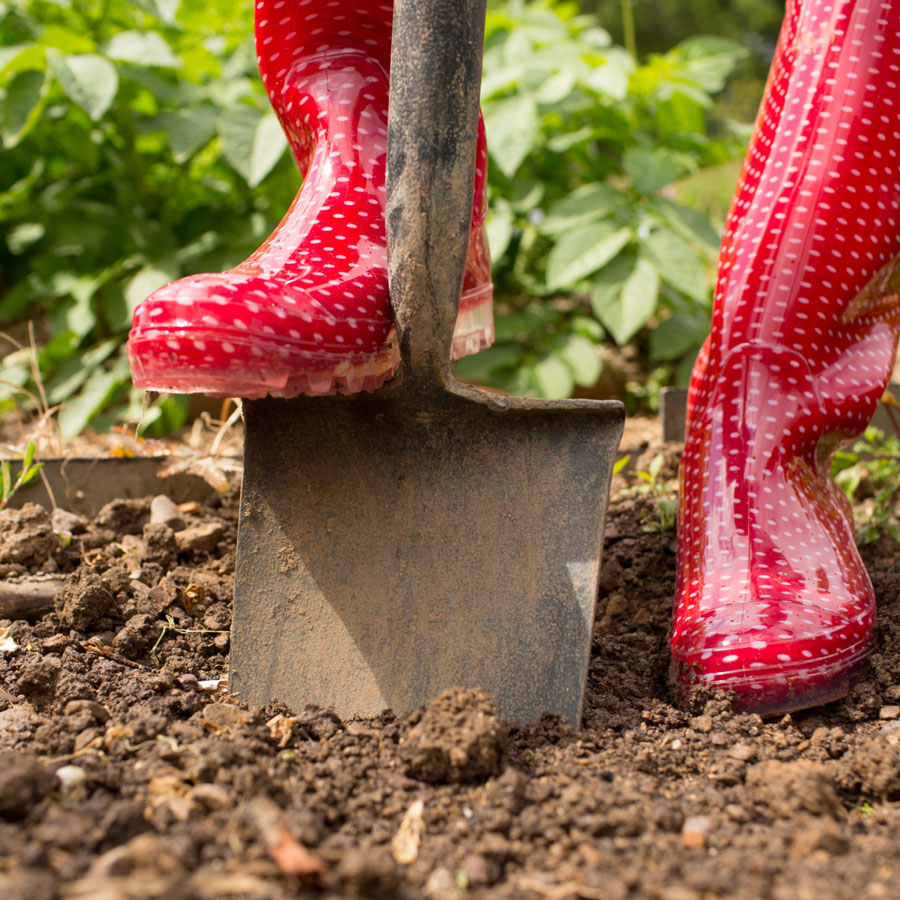

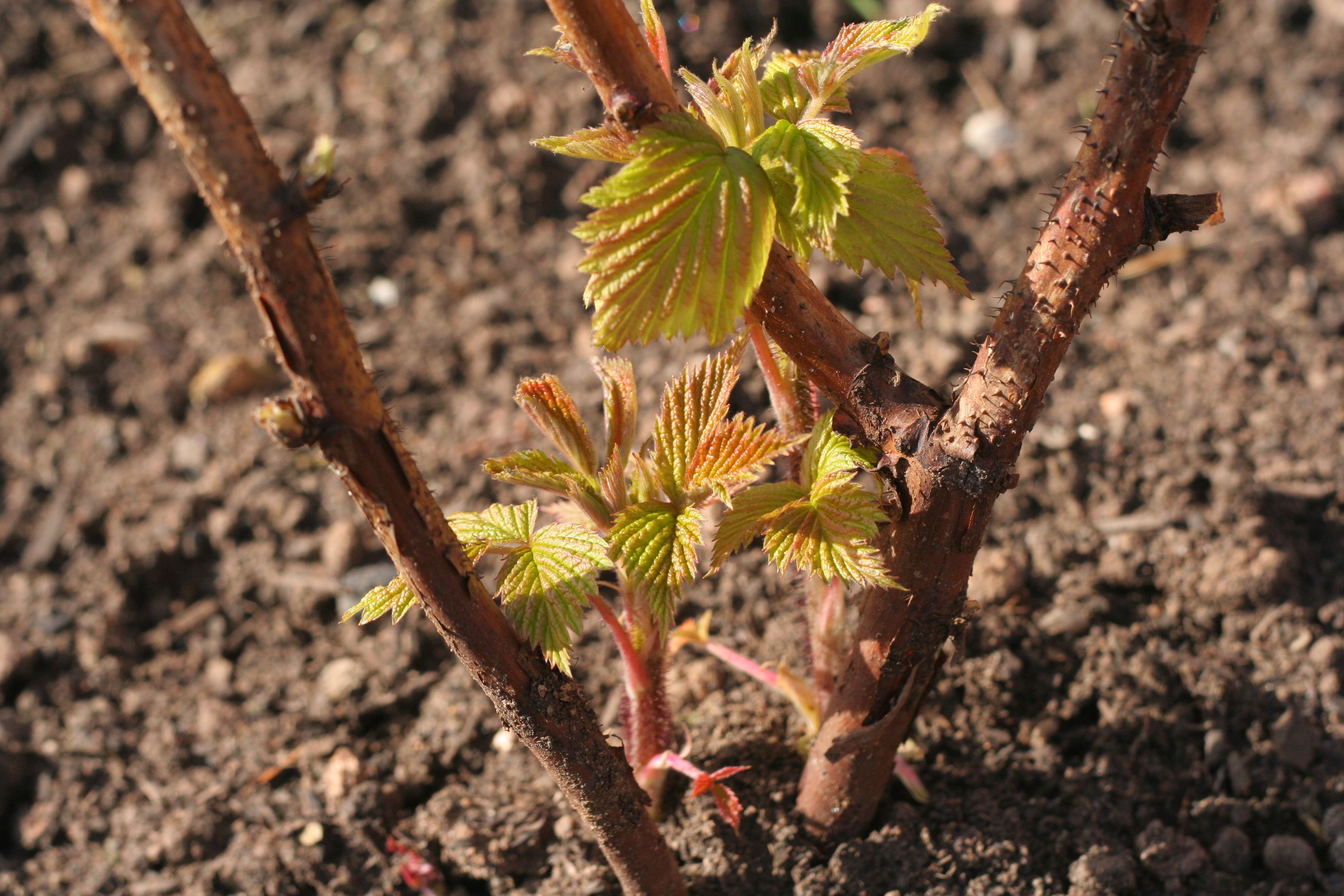
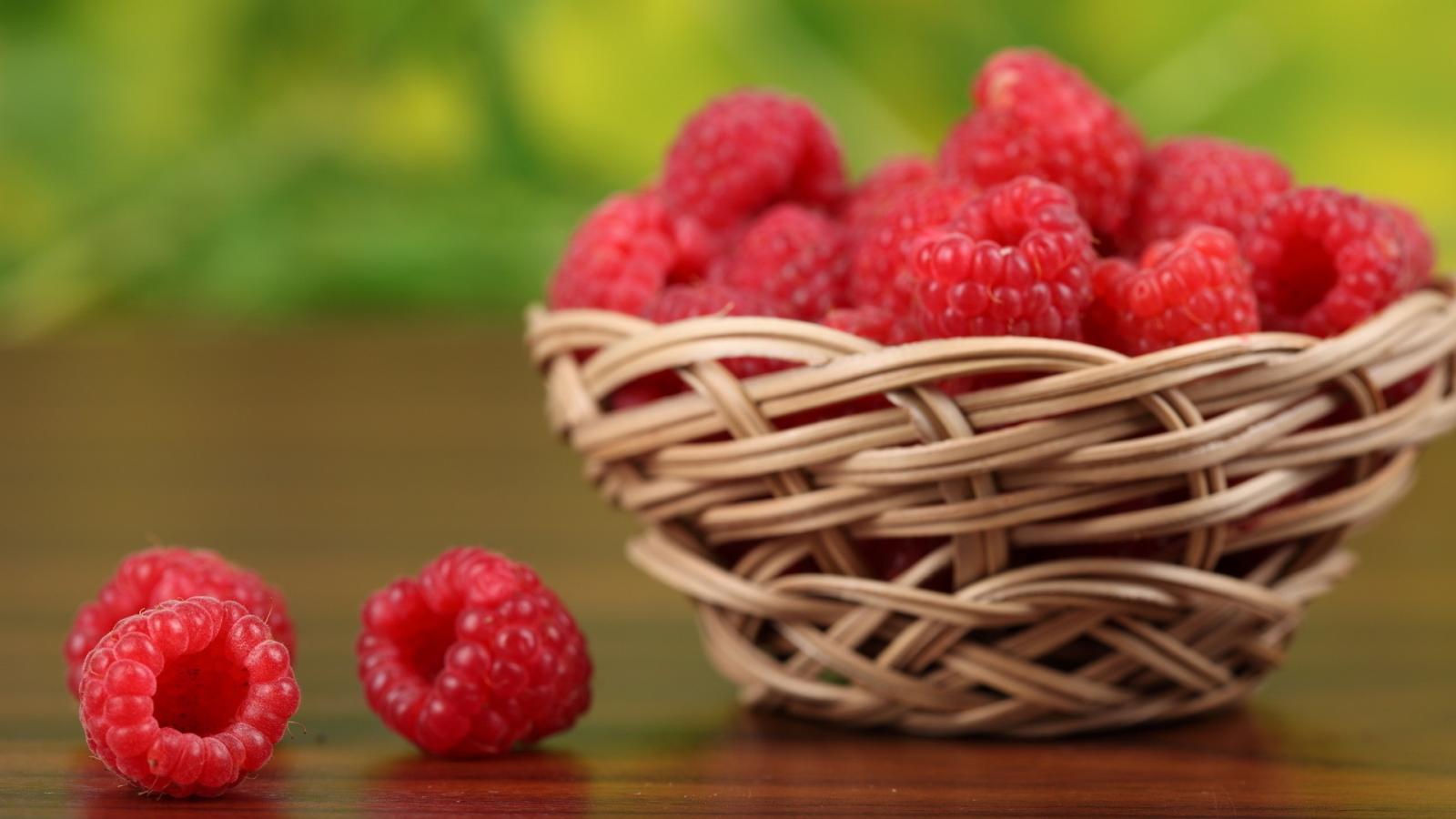
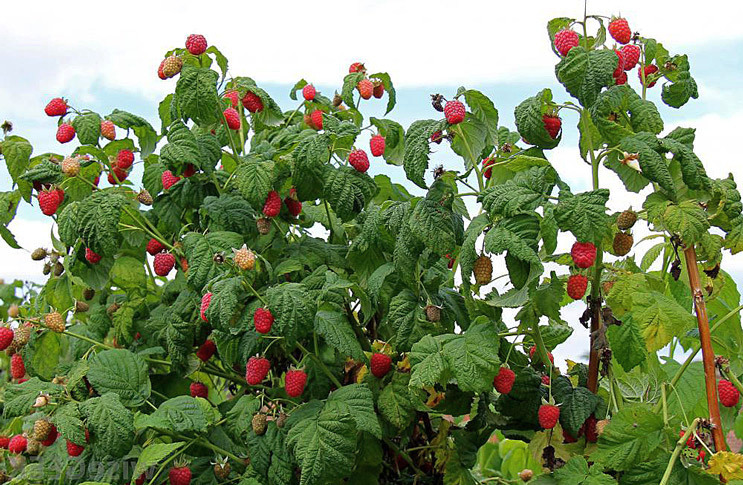
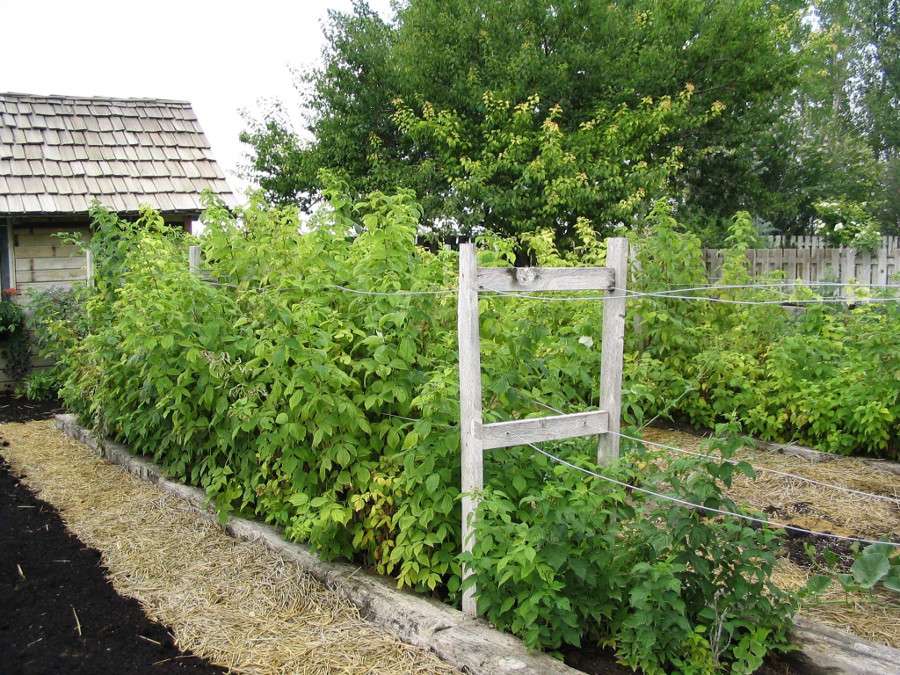







We moved to a new house with our family, and here raspberries are growing, and I had no idea how to properly care for them. In general, I started looking for information on the Internet and came across this site. I carefully studied everything and did some manipulations with my raspberries. The information is useful. Thanks!
In order to prevent raspberries from growing, fences were used. Yes, it helps. The only thing is that it is better not to leave gaps (our raspberries have grown so much). It is also better to use a solid canvas for the barriers.
It is true, for the most part, the roots rarely drop below 70 cm in ordinary, not very fertile soil. This is how I set up an obstacle: I buried a metal sheet horizontally, the raspberries did not germinate beyond it.
I grow raspberries in raspberries in rows - so that it is convenient to tie, process and collect. I make a fence between the rows. It prevents the rows from becoming thickets.
If the raspberries are not blocked, then this is something terrible, it grows very much and without proper care it is almost impossible to pass and collect it, so I take care of it and prune the dried branches constantly.
And I planted raspberries, Brilliant grade this spring. The bush is still very small, but it turns out that the raspberries need an eye and an eye, otherwise it will grow strongly. It is worth thinking about a fence, as the article says, and not far from planting garlic. How on time did I visit your site :)
When growing raspberries, a number of requirements must be met. You need to cut off the branches from which the crop is harvested every season. Carry out feeding. Loose the soil. If all these conditions are met, then a rich harvest will delight you every year.
We live in the Orenburg region. Having bought a house in the East of the region, we laid out a garden and, as usual, placed raspberries near the fence. After a couple of years, the raspberries grew so much that the neighbors began to show dissatisfaction. I had to work hard and make a protective fence from slate. We deepened it by 60 cm and now we have no such problem.
We dug in the sheets of the old roof to the depth of the shovel, but the raspberries still overcame all the barriers - and grows every year, no matter how we tried to cut them out ... But for the first time I hear about nitrogen fertilizing!